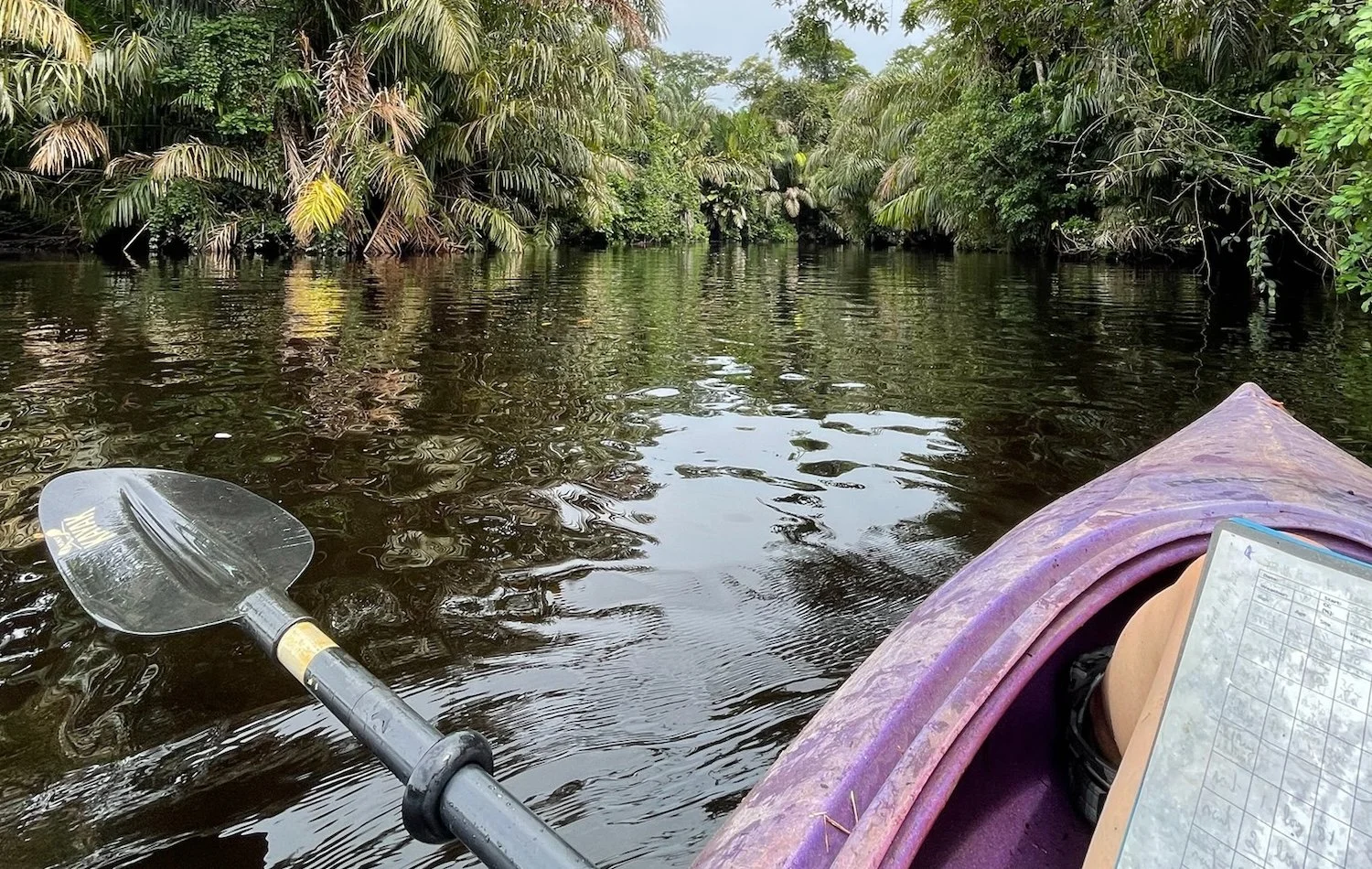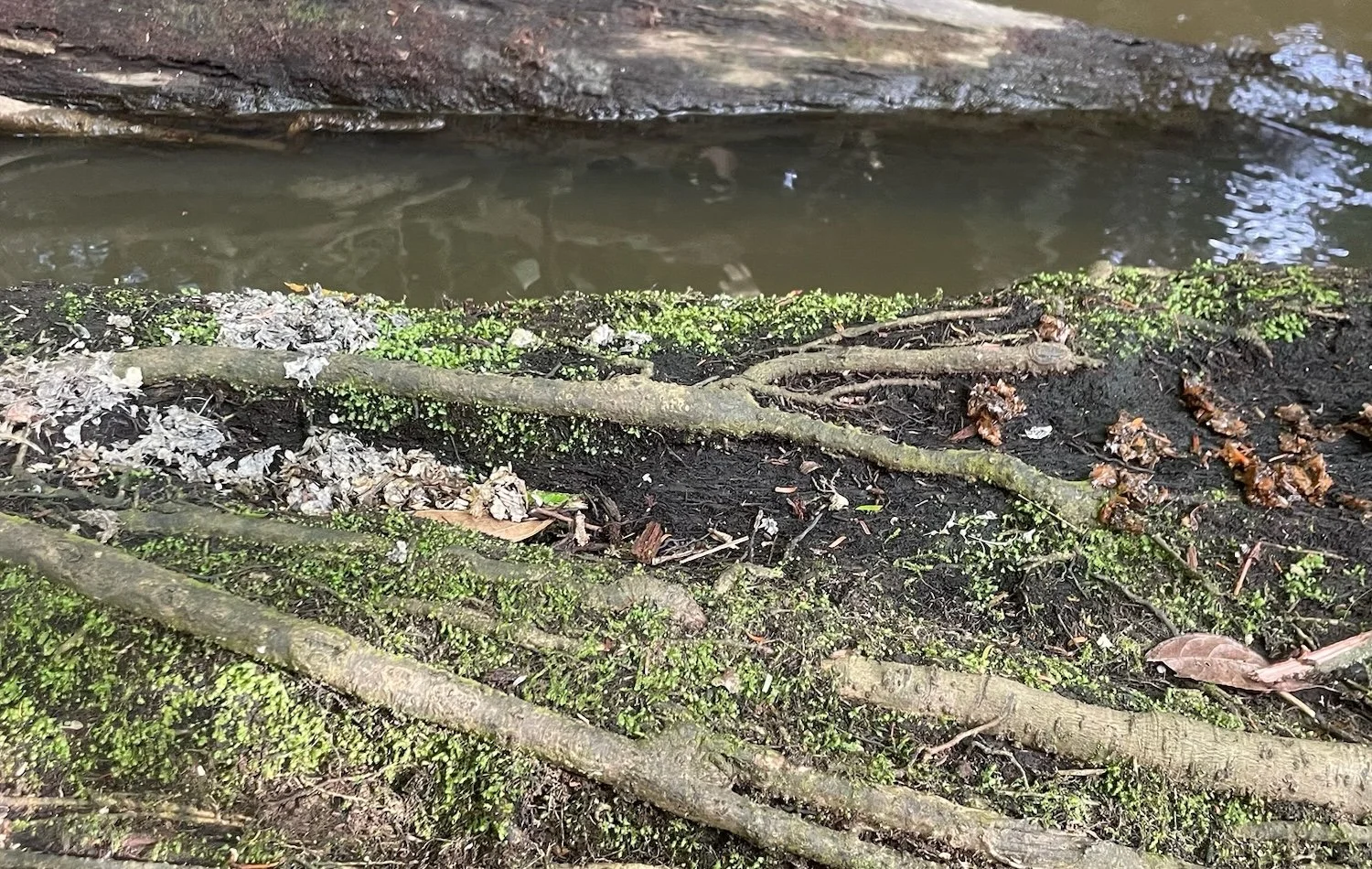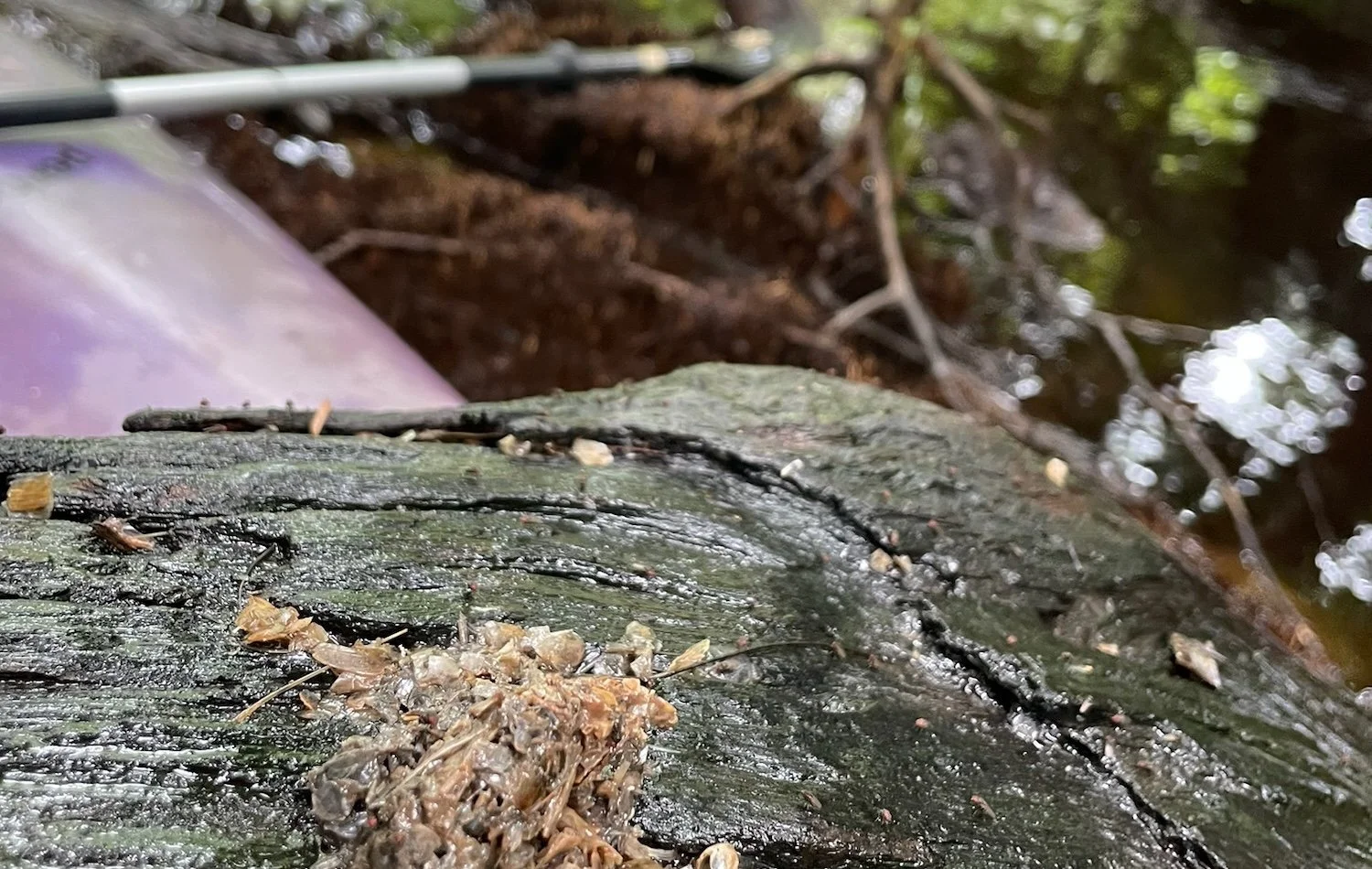Neotropical River Otters
Neotropical river otters (Lontra longicaudis) are a short, thick-looking otter species, with grayish-brown fur, a long, thick tail, and short legs. They generally weigh around 12 kilograms, and can grow up to 36 cm to 66 cm long. They are found throughout Central and South America, from Mexico to Argentina. They occur in all regions throughout the Neotropics that have available food resources, including rivers, streams, and lagoons, that have plenty of riparian vegetation.
These otters use various shelters within their habitat, including underneath tree roots and inside caves. They communicate by means of scent marking, primarily done through depositing feces - a great way to know if you are in otter territory. They are opportunistic feeders that eat mainly fish and other aquatic species, but they have also been known to eat insects, reptiles, and even small mammals.
An understudied species, they were listed as data deficient on the IUCN Red List of Threatened Species until 2015 when they were listed as near threatened. In some areas the population is at more severe risk of local extinction, and in Mexico, Venezuela, Colombia, Belize, and Ecuador they have been listed as threatened on several national and regional lists. Their biggest threats are human presence and environmental quality. Additionally, conflict with fishermen is a cause of decline, as well as mining activities, pollution, cattle ranching, urban expansion, and hydroelectric works.




